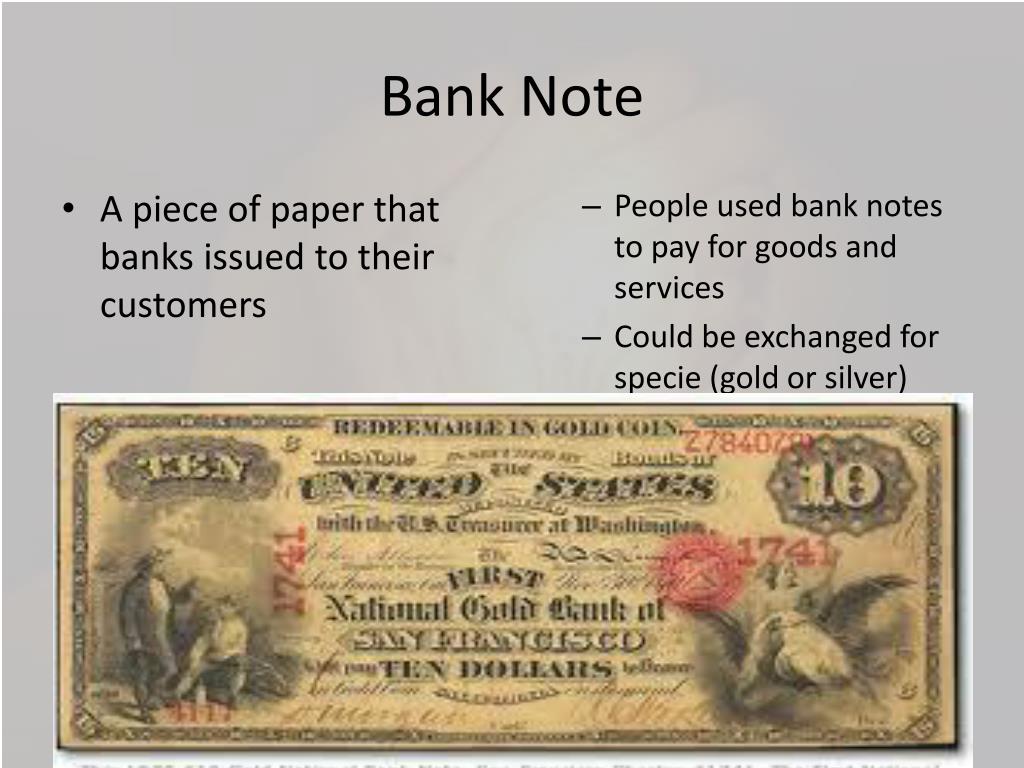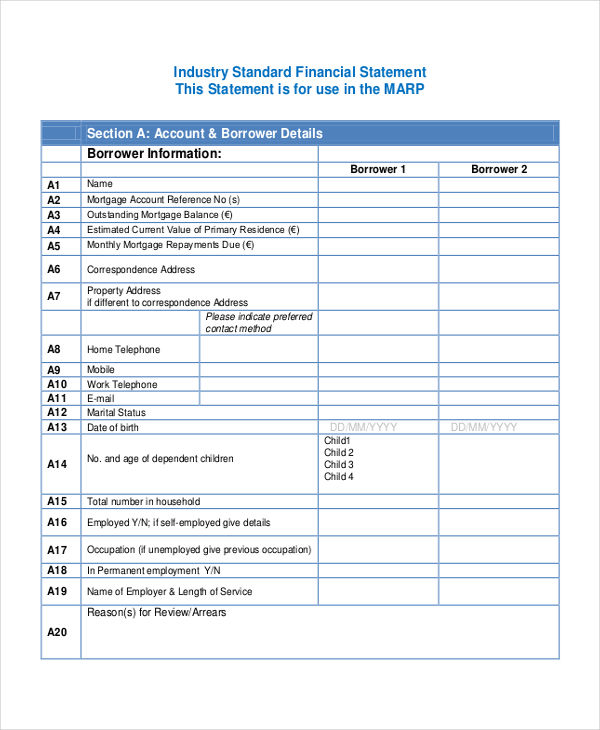
Because banknotes are made of paper, they are not resilient enough and can be soiled or torn, which may result in a total loss of value.Some of the significant disadvantages of the Banknote are as follows: For instance, the price of 1kg of gold stored in banknotes will be much lighter than the actual asset. It is easier to store value in the form of paper currency than in the form of other physical assets.
#Whats a bank note Offline#

It facilitates ease of transaction as there is no confusion regarding the currency’s value, given that it appears on the face of it.Some of the significant advantages of the Banknote are as follows: It is widely used as a medium of exchange.

The Banknote is used for the following purpose: Three Pools Mirroring the Moon at West Lake In this example, we have mentioned the description of the symbols found on both sides of the currency. Let us now look at the example of some of the banknotes issued in some of the different economies. As such, central banks can print banknotes based on the demand-supply dynamics coupled with various other economic factors, such as inflation. In other words, today’s paper currency is valued purely based on the relationship between demand and supply, not the currency’s physical material. Today, paper currency is a pure fiat currency as it is not linked to any physical asset, such as the gold standard. For instance, the Federal Reserve Bank is the only issuing bank in the US. The central bank of a country can only print banknotes. However, as paper money has developed into pure fiat money, the precious metals that once backed banknotes have been rendered obsolete. Initially, the banknotes were issued by the banks based on precious metals, such as gold or silver. In 1695, the Bank of England was the first bank to introduce a permanent issue of banknotes, while in the United States, the federal government started to print banknotes only by 1862. By the 14 th century, paper currency was eventually adopted in every part of Europe. In the 13 th century, European explorers, such as William of Rubruck and Marco Polo, introduced the concept of paper currency in Europe. Later, paper currency spread throughout the Yuan dynasty or the Mongol Empire. However, real paper money called “jiaozi” was first used in the 11 th century during the reign of the Song dynasty. Paper currency, in the form of receipts, was first introduced in China during the reign of the Tang dynasty in the 7 thcentury.
#Whats a bank note download#
Download Corporate Valuation, Investment Banking, Accounting, CFA Calculator & others History of Banknote


 0 kommentar(er)
0 kommentar(er)
